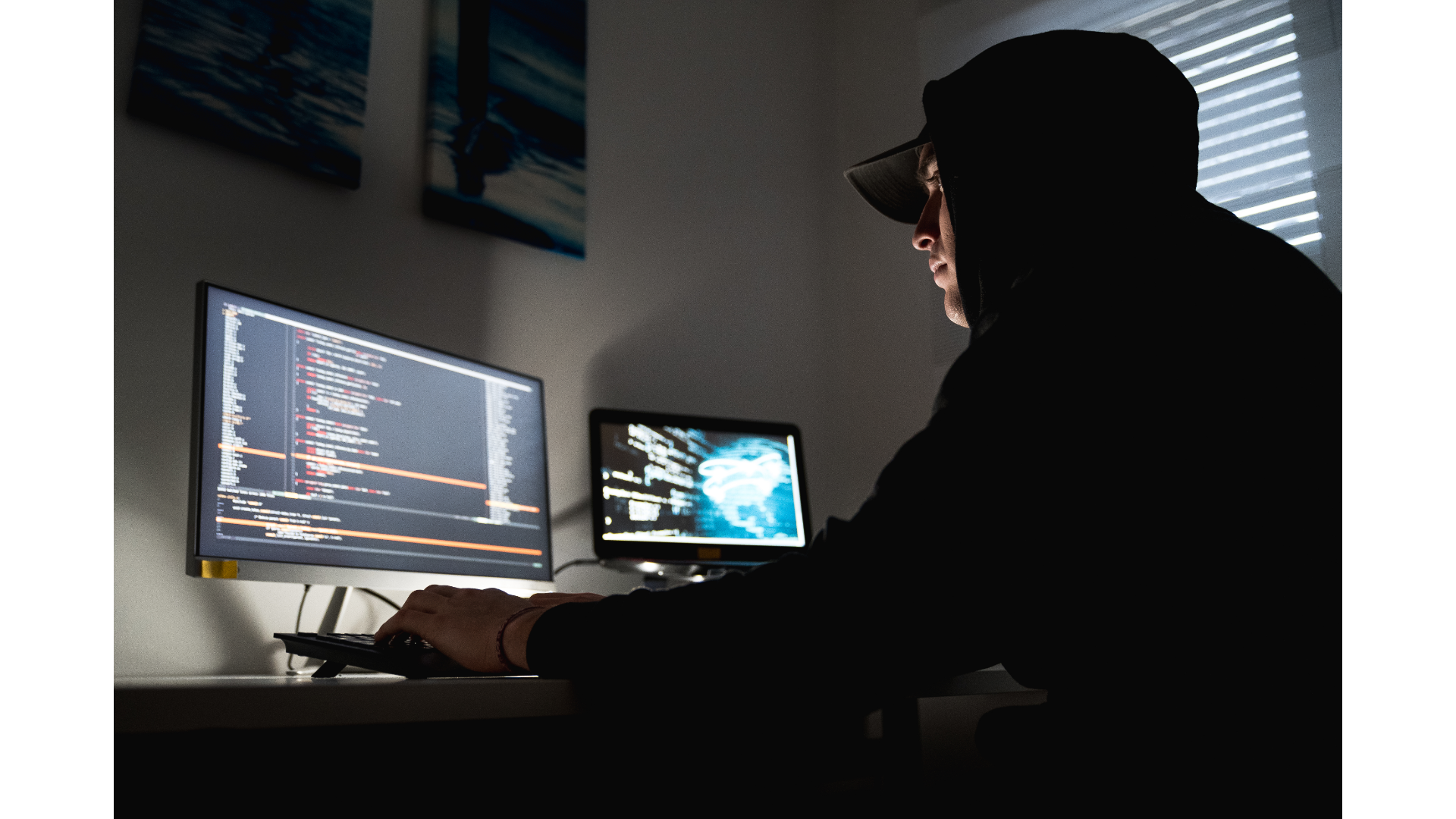How to recognise a hacker attackIf you suspect that you have been the victim of a cyber attack, it is important to act promptly to minimise the damage. Here are some signs.
La online security is an increasingly important issue, especially in an age where technology is omnipresent in our daily lives. However, many of us do not realise the risks to which they are exposed every time they connect to the Internet. In particular, cyber criminals are increasingly adept at trying to infiltrate our systems and stealing sensitive information such as passwords, personal and financial data, data that they could also use at will for less than pleasant purposes, such as extortion or simply to drain our bank account.
For this reason, it is important to know what signs indicate that we were attacked and how we can protect our devices and data. Below you will find a list of attack signs and tips on how to protect yourself:
How to recognise a hacker attack
concerning how to detect a hacker attack there are some 'attack signs' you should note:

- Changes in connection speedIf your Internet connection has become slower or unstable than usual, this could be a sign of an attack.
- Suspicious messages, pop-ups or warningsIf you receive messages or alerts that seem suspicious or out of the ordinary, do not click on the links and never provide personal information.
- Changes in computer configurationIf you notice that the configuration of your PC has changed, e.g. by adding new programmes or changing security settings, this could be a sign that something is wrong.
- Unusual activitiesIf you notice strange activity on your computer or account, such as unauthorised access or suspicious transactions, then it is possible that some malicious person has access to your terminal.
- Changes to files or foldersIf you notice changes to your files or folders, such as deleted or renamed files, this could be a sign of an attack.
- Abnormal error messagesIf you receive abnormal or unexpected error messages, it may indicate that something is wrong with your system.
- Hacked accounts: if you notice that your online accounts have been compromised, such as the inability to log in or change passwords, this could be a sign of an attack
What to do in the event of a hacker attack?
Unfortunately, despite all our efforts to protect our devices and personal data, hacker attacks can still happen. Here are some tips on what to do in the event of a cyber attack:
- Disconnect from the networkThe first thing to do is to disconnect from the network, be it Wi-Fi or cable. This will prevent the attacker from accessing your device and continuing to attack you.
- Change your passwordsIf the attacker has gained access to your passwords, change them immediately. Change all your account passwords, including those of social mediaemail and online banking.
- Notify your bankIf you have made any financial transactions online, contact your bank immediately and let them know that fraud attempts may have been made. Ask them to carefully check your account for any suspicious activity.
- Contact your Internet Service ProviderIf you believe you have been attacked through your Internet connection, contact your Internet service provider and report the attack to them. They may be able to help you solve the problem and protect your Internet connection.
- Scan your deviceIf you have reasons to suspect that your device is infected with malware, run a full scan of your system with your antivirus and anti-malware software. This will enable you to detect possible threats and remove them from your system.
- Contact an IT expertIf you have difficulty solving the problem yourself, contact an IT expert. A professional may be able to help you solve the problem and protect your terminal and your data in the future.
At the same time, it is important to prevent the fact. You can for example install antivirus software and anti-malware, a programme that can help you detect and remove any malicious programmes from your system. Use complex passwordsas weak ones are easier for cybercriminals to guess, so use complex passwords and change them regularly.
Do also be careful what you click onAvoid clicking on suspicious links or attachments and never provide personal information. And above all, don't forget to keep your updated software: Updated versions of the software often contain important security fixes, so make sure you always have the latest version installed.
Conclusion
In conclusion, understand how to recognise a hacker attack can be difficult, but there are several signs that may indicate that something is wrong with our system. Paying attention to these signs and acting promptly to check for a cyber attack is key to protecting our online security and minimising the damage caused by hackers. Always remember to use reliable anti-virus and anti-malware software and keep your devices up-to-date to minimise the possibility of suffering a cyber attack.